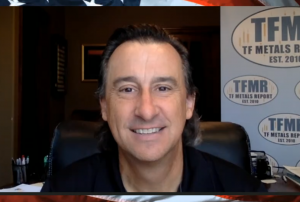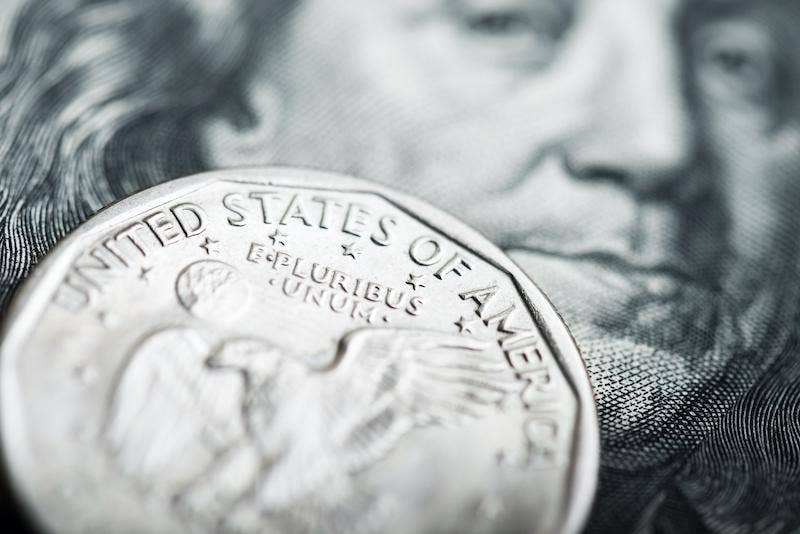 By Greg Hunter’s USAWatchdog.com (Saturday Night Post)
By Greg Hunter’s USAWatchdog.com (Saturday Night Post)
Financial writer, market analyst and precious metals expert Craig Hemke says the Fed has all but said it was going to delay the so-called “taper” of easy money policies–forever. This is why gold and silver spiked as the dollar tanked on Friday. Hemke contends, “The Chinese, four months in a row, have been net sellers of Treasuries. . . . They’re not buying them. Well, somebody has got to buy. Congress just announced this week that they came to a deal where they are going to spend $4.1 trillion on what is allegedly called infrastructure. . . . The money has got to come from somewhere. There is this notion that they are just going to raise taxes on rich people. Rich people are just going to change how they spend and do their taxes. Who is going to loan us money? It’s not going to be the Chinese or other foreign countries because they don’t have confidence in us anymore. So, the money is going to come from somewhere. Of course, the Fed is going to keep monetizing the debt because if they don’t, interest rates have got to rise to a point people are willing to loan it to the U.S. If interest rates go to 3% or 5%, the whole thing blows up.”
Hemke points out, “All we can do is prepare for a time when this finally implodes because it will. Confidence will eventually collapse. Confidence is like Hemmingway’s explanation of how he went bankrupt. He was asked, ‘How did you go broke?’ He said, ‘At first slowly, and then, all at once.’…
…click on the above link to read the rest of the article…



















